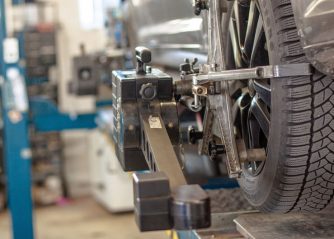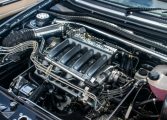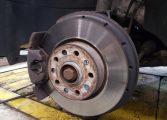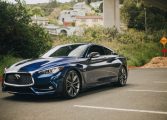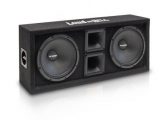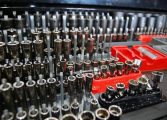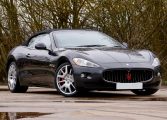American Classic Cars: A Timeless Legacy of Automotive Excellence
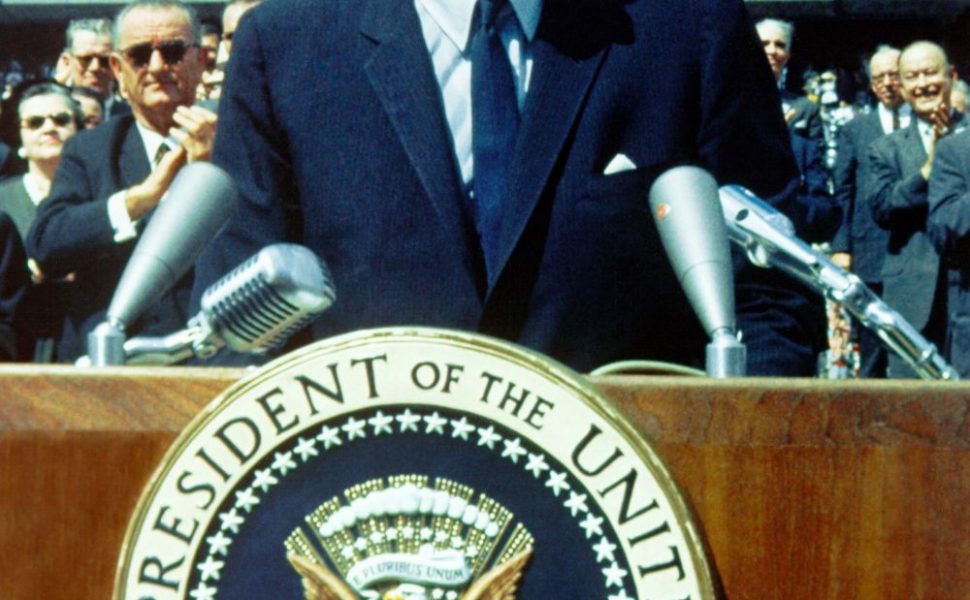
Introduction
American classic cars are icons of the automotive industry that evoke a sense of nostalgia and admiration. These vintage vehicles represent a bygone era of American engineering, craftsmanship, and style. In this comprehensive article, we will delve into the world of American classic cars, exploring their history, types, popularity, differences, and their significance to car enthusiasts. Whether you are a die-hard car lover or simply appreciate the rich heritage of these vehicles, this article will enlighten and inform.
I. An Encompassing Overview of American Classic Cars
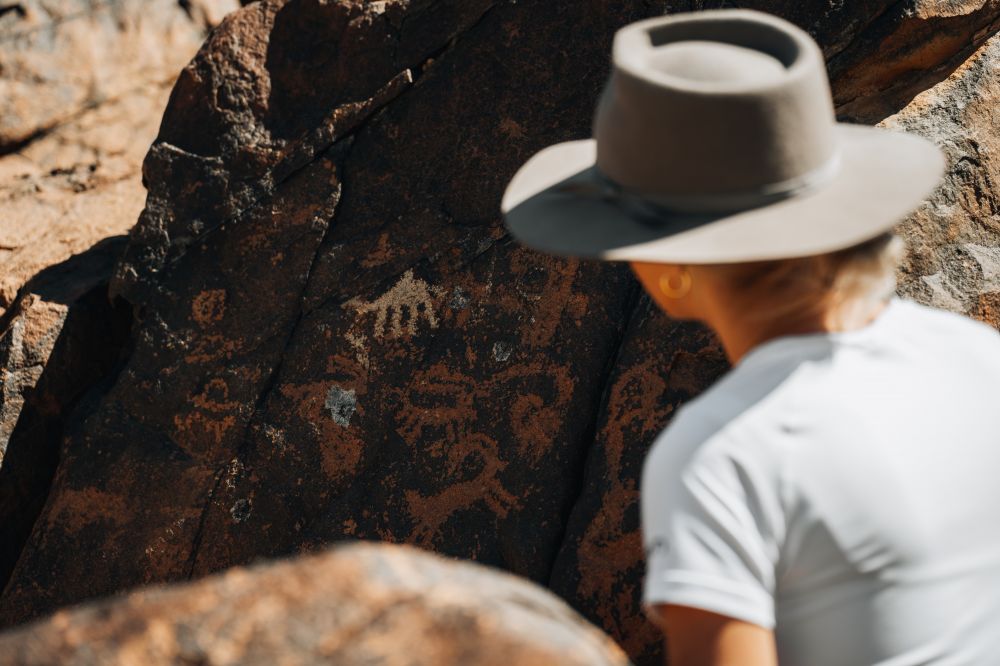
American classic cars, often referred to as vintage cars or antique cars, are automobiles that were manufactured between the 1920s and 1970s. These vehicles hold cultural and historic significance, embodying the design trends and technological advances of their respective eras. They represent the golden age of American car manufacturing and exemplify the craftsmanship and attention to detail of that time.
II. A Comprehensive Presentation of American Classic Cars
1. Types:
American classic cars encompass a wide range of models, each with its distinct characteristics and appeal. Some popular types include:
a. Muscle Cars: Known for their high-performance engines and aggressive styling, muscle cars like the Ford Mustang and Chevrolet Camaro were designed for straight-line speed.
b. Vintage Luxury Cars: These luxurious vehicles, such as the Cadillac Eldorado and Lincoln Continental, were built with comfort, opulence, and cutting-edge features in mind.
c. Hot Rods: Often custom-built by enthusiasts, hot rods are modified versions of classic cars that emphasize speed and personalization.
d. Convertibles: These open-top cars, such as the Ford Thunderbird and Chevrolet Corvette, were designed for carefree cruising and evoke a sense of freedom and exhilaration.
e. Pick-up Trucks: Classic American trucks like the Ford F-100 and Chevrolet C10 hold a special place in the hearts of many car enthusiasts due to their ruggedness and versatility.
2. Popularity:
The popularity of American classic cars has surged over the years, attracting collectors, enthusiasts, and even younger generations. There is a sense of uniqueness and authenticity associated with these vehicles, as they stand out amidst the sea of modern cars on the roads today. Classic car shows, auctions, and dedicated enthusiast clubs have further propelled the popularity of these timeless masterpieces.
III. Quantitative Measurements on American Classic Cars
Quantitative measurements can provide valuable insights into the world of American classic cars. Some key metrics to consider include:
– Average market values of different models and brands
– Frequency of sales and auctions
– Number of registered classic cars
– Demand trends over time
– Restoration costs and investments
IV. Discussion on the Differences Among American Classic Cars
American classic cars showcase a wide spectrum of variations, ranging from design cues to mechanical specifications. These differences can be attributed to factors such as the era of production, brand identity, and underlying technology. For instance, vehicles from the 1950s often feature sweeping fins and elaborate chrome accents, while those from the 1970s display a more streamlined and angular design language.
V. Historical Walkthrough of the Pros and Cons of Different American Classic Cars
By exploring the history of American classic cars, we can gain insights into their strengths and weaknesses. Some key factors to consider are:
– Performance capabilities: Classic muscle cars excel in power and acceleration but may fall short in terms of handling and fuel efficiency.
– Design and aesthetics: Vintage luxury cars offer unparalleled elegance, while hot rods allow for personalization and creativity.
– Maintenance and practicality: Some classic cars require extensive upkeep and specialized knowledge, making them more suitable for dedicated enthusiasts rather than daily drivers.
VI. Focus on the Key Decision Factors for Car Enthusiasts when Buying a Classic Car
When it comes to purchasing a classic car, several crucial factors come into play:
– Authenticity and originality: Ensuring the car’s originality and authenticity is important for collectors and those seeking an investment-grade vehicle.
– Condition and restoration: The level of restoration required, along with associated costs, can greatly impact the decision-making process.
– Rarity and exclusivity: Limited production numbers and unique features can significantly enhance a classic car’s desirability and value.
– Documentation and provenance: Thorough documentation and a well-documented history add credibility and value to any classic car.
Conclusion
American classic cars hold a special place in the hearts of car enthusiasts, capturing the essence of an era long gone. Their timeless design, powerful engines, and rich history make them highly sought after by collectors and enthusiasts worldwide. As a testament to American craftsmanship and innovation, these iconic vehicles continue to evoke a sense of awe and admiration. Whether you yearn for the power of a muscle car or the elegance of a vintage luxury car, American classic cars offer an unparalleled driving experience and a connection to a cherished past.
[INSERT VIDEO(S) HERE]
Sources:
1. ”The Complete Book of Classic American Cars” by Richard M. Langworth
2. ”American Cars: The Automobiles That Made America” by Craig Cheetham



